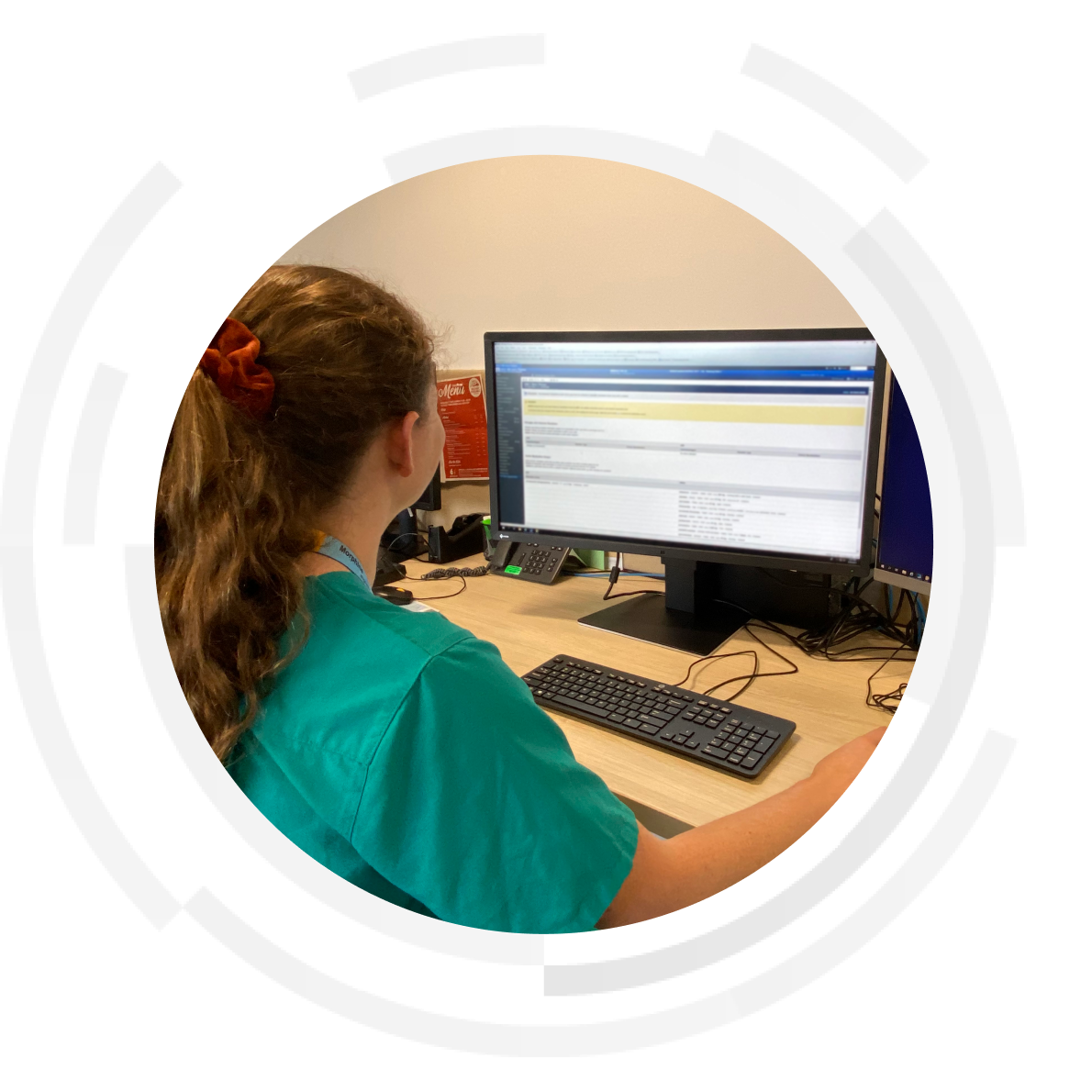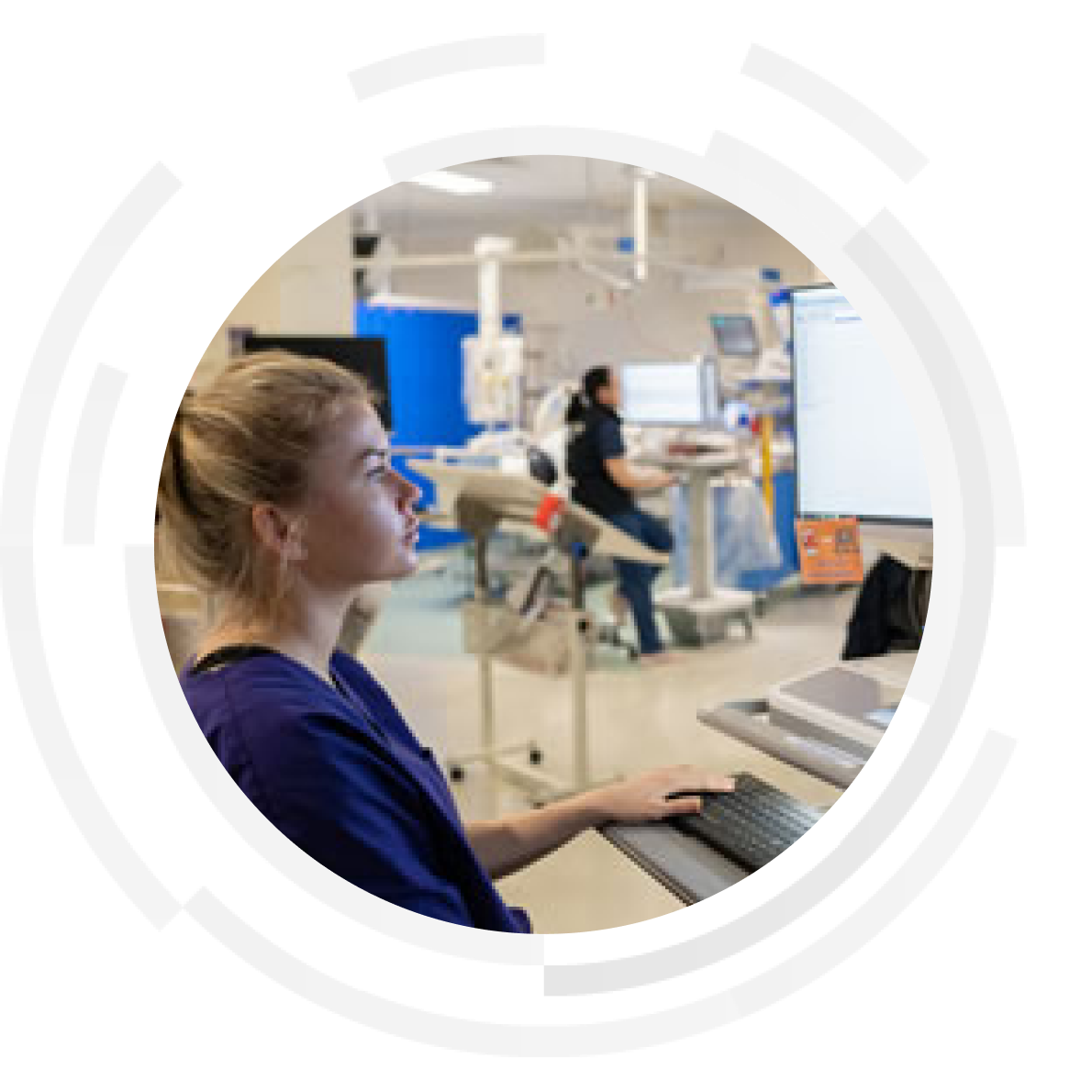
The Challenge
The move from the intensive care unit (ICU) to other wards is a critical point in a patient’s hospital stay. Ensuring continuity of a patient’s care when changing location is incredibly important. It is essential that their medication orders go with them.
Historically, this was a manual process reliant on clinicians physically transcribing details into different systems. A process which was both time-consuming and inefficient, taking doctors away from the bedside.

The Plan
eHealth NSW’s task was to reduce medication errors by enhancing clinical information sharing through the digital transfer of medication orders from intensive care systems (electronic record of intensive care eRIC) to electronic medical record (eMR) systems across NSW Health. Effectively, it required building a technical bridge between our ICU’s and general wards.
Built in-house, the team combined agile methodology and human-centred design approaches to design and build the web-based application. Clinicians were involved extensively throughout the entire process to ensure the best user experience.
eTOC used standards-based interoperability deploying Fast Healthcare Interoperability Resources (FHIR) Application Programming Interfaces (APIs) and Ontoserver terminology systems to harness the power of automation to assist clinicians to easily transfer medication orders.
In other words, the smarts were in its medication order matching capabilities. eTOC uses incredibly complex technical functionality and data, which support the medication catalogues and prescribing processes built into each system, to match and transfer critical information between the two.

The Outcome
A first of its kind in Australia, the first patient to be discharged using eTOC was from Wyong Hospital ICU in February 2021. Since then, six more hospitals have come on board in Northern Sydney, Central Coast, Southern NSW and Murrumbidgee Local Health Districts. Further roll outs have been completed in 2022, with additional sites to come online in 2023.

The Benefits
The eTOC solution improves patient safety by reducing the chance of transcription errors. It also saves clinicians from manually switching between two clinical information systems, resulting in faster transfers for patients between intensive care units and general wards.
Clinicians report a better user experience – being able to view two sets of information at the same time ensures a safer, easier process.
Survey feedback has showed increased satisfaction across safety, time, ease and the overall medication order transfer process. Preliminary safety and quality audit results are also showing a reduction in transcription errors.
Data correct as of May 2023
Related solutions
The Electronic Medical Record (eMR) system replaces patient paper charts & forms used in hospital wards, outpatient…
Electronic Medication Management (eMeds) improves accuracy and visibility of medication information between clinici…
The Electronic Record for Intensive Care (eRIC) is a state-of-the-art clinical information system which improves th…
